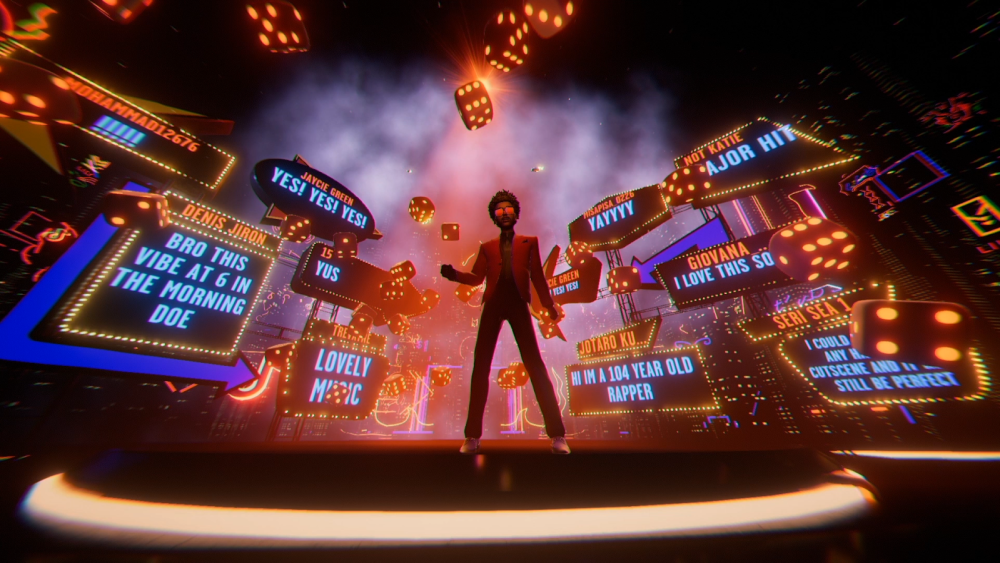Live music in 2024: A new era of immersive experiences
Live music in 2024: A new era of immersive experiences
Aug 7, 2024
The live music industry has gone through a remarkable transformation in 2024, marking a significant resurgence fueled by post-pandemic demand and groundbreaking technological innovations. This revival is not only bringing back live performances but also revolutionizing how they are experienced by the crowds, driving substantial economic gains and reshaping the industry's future.
Record-breaking attendance
After years of disruptions, live music has returned with unprecedented strength. In 2024, ticket sales for concerts and festivals soared, with many events reporting record-breaking attendance. For example, the Coachella Valley Music and Arts Festival, one of the largest music festivals in the world, saw an attendance increase of 20% compared to 2019. This trend is reflected across various events, from major international festivals to local gigs, signaling a robust recovery for the live music sector.
Global revenue from live music is expected to exceed $30 billion by the end of 2024, up from $20 billion in 2023. This represents a remarkable rebound and highlights the strong appetite for in-person music experiences.

The role of technology
One of the most significant drivers of this revival is the integration of immersive technologies like Virtual Reality (VR) and Augmented Reality (AR) into live performances. These technologies have created new ways for artists to engage with their audiences, blending physical and digital realms to offer unique concert experiences.
As a standout example: Travis Scott’s virtual concert within the Fortnite game, which attracted over 27 million unique participants. Following this success, artists like Billie Eilish and The Weeknd have also explored similar grounds, creating immersive virtual experiences that complement their live performances.
Additionally, companies like Wave are at the forefront of this trend, offering VR concerts that allow fans to experience music in fully immersive 3D environments. Wave's virtual concerts have seen a 50% increase in participation since 2022, indicating growing interest in these “hybrid” experiences.
Expanding the audience base
The rise of hybrid events, combining in-person and virtual attendance, has significantly broadened the reach of live music. For instance, the 2024 Glastonbury Festival offered both physical tickets and virtual passes, allowing over 1 million fans to participate online, a 30% increase from 2023. This approach not only caters to those who cannot attend in person but also provides additional revenue streams through virtual ticket sales, merchandise, and exclusive online content.
In the United States alone, it is estimated that hybrid events have contributed an additional $5 billion to the live music economy in 2024, demonstrating the financial viability of this brand new model.

Financial windfalls for artists and venues
The resurgence of live music has also had a profound economic impact, the global industry is experiencing a financial boom not seen in years. This surge is benefiting not only major artists but also smaller acts and local venues, which have seen an influx of bookings and sold-out shows.
Moreover, the hybrid model has unlocked new revenue streams. For example, K-pop group BTS generated over $100 million in 2024 through a combination of live concert tours and online streaming events, highlighting the lucrative potential of blending physical and virtual experiences.
The revival of live music in 2024 is more than a return to normalcy; it marks the dawn of a new era where technology and live performances coexist to create richer, more engaging experiences. As VR and AR technologies continue to evolve, and as hybrid events become the norm, the live music scene is poised for sustained growth and innovation.
And because we all seek to relive the feeling of a concert, we offer numerous live-performance vinyl records.